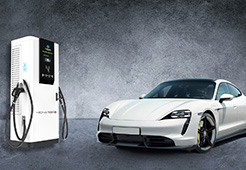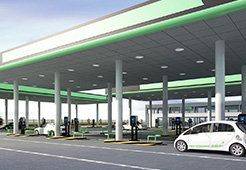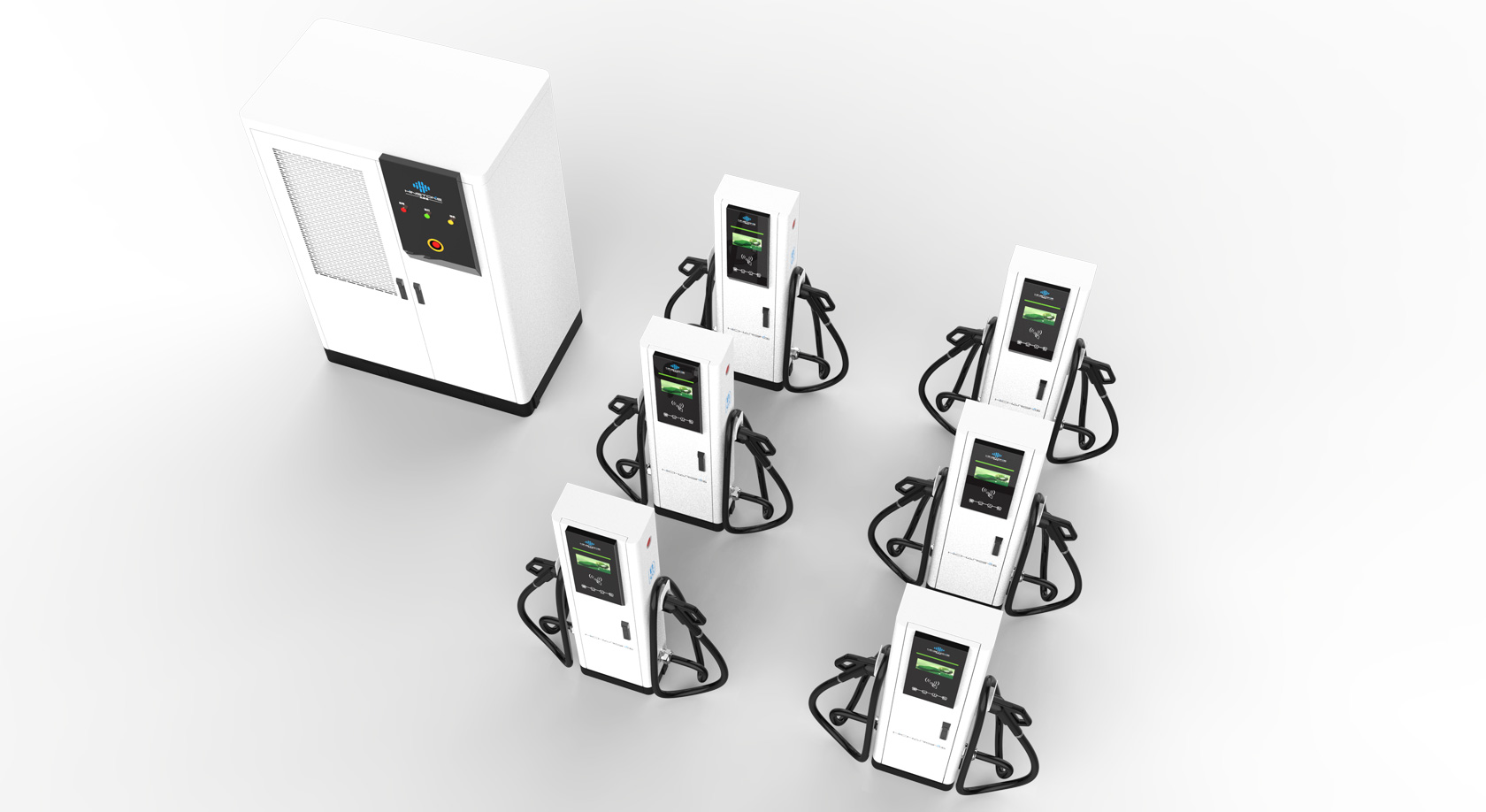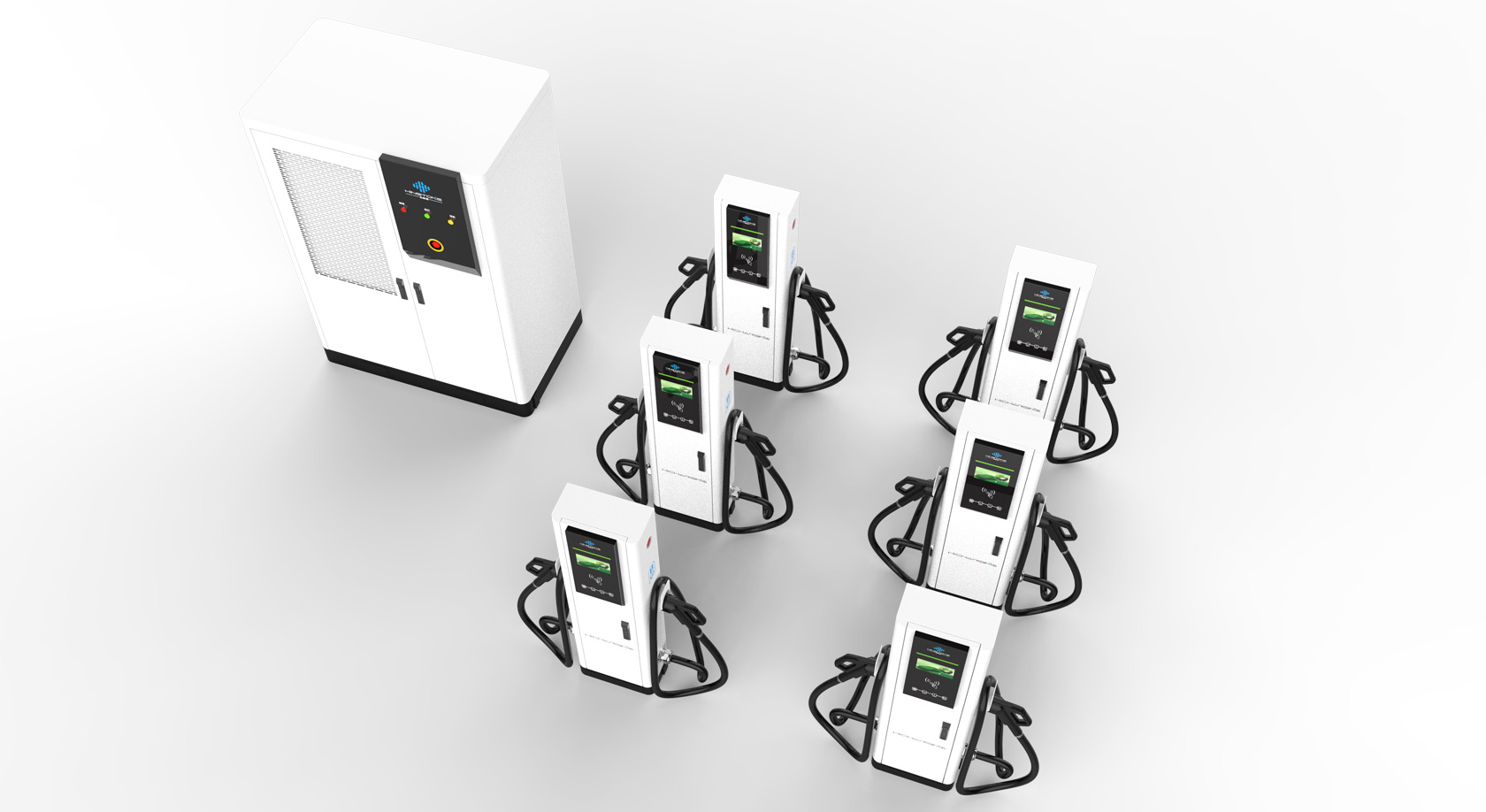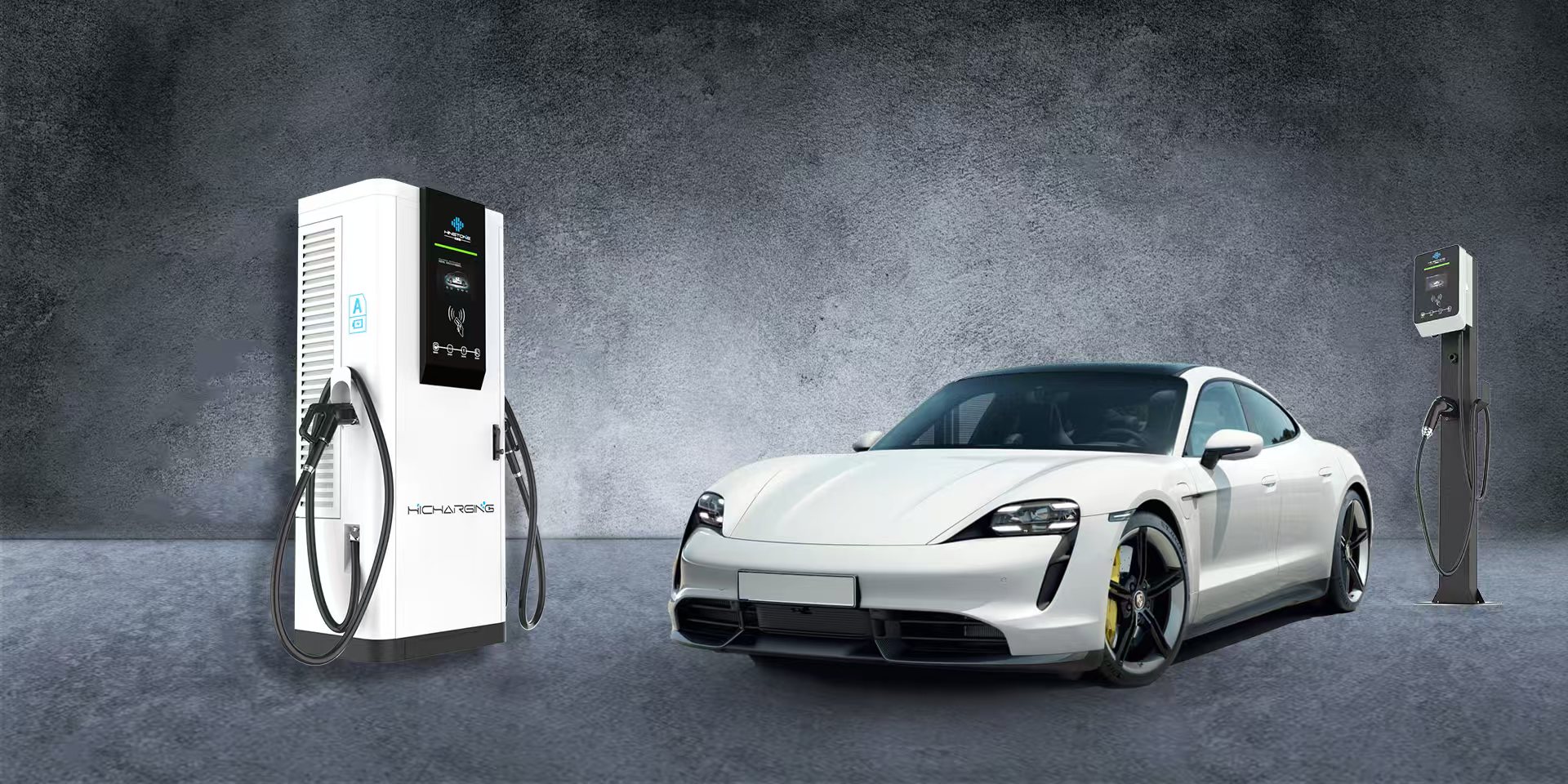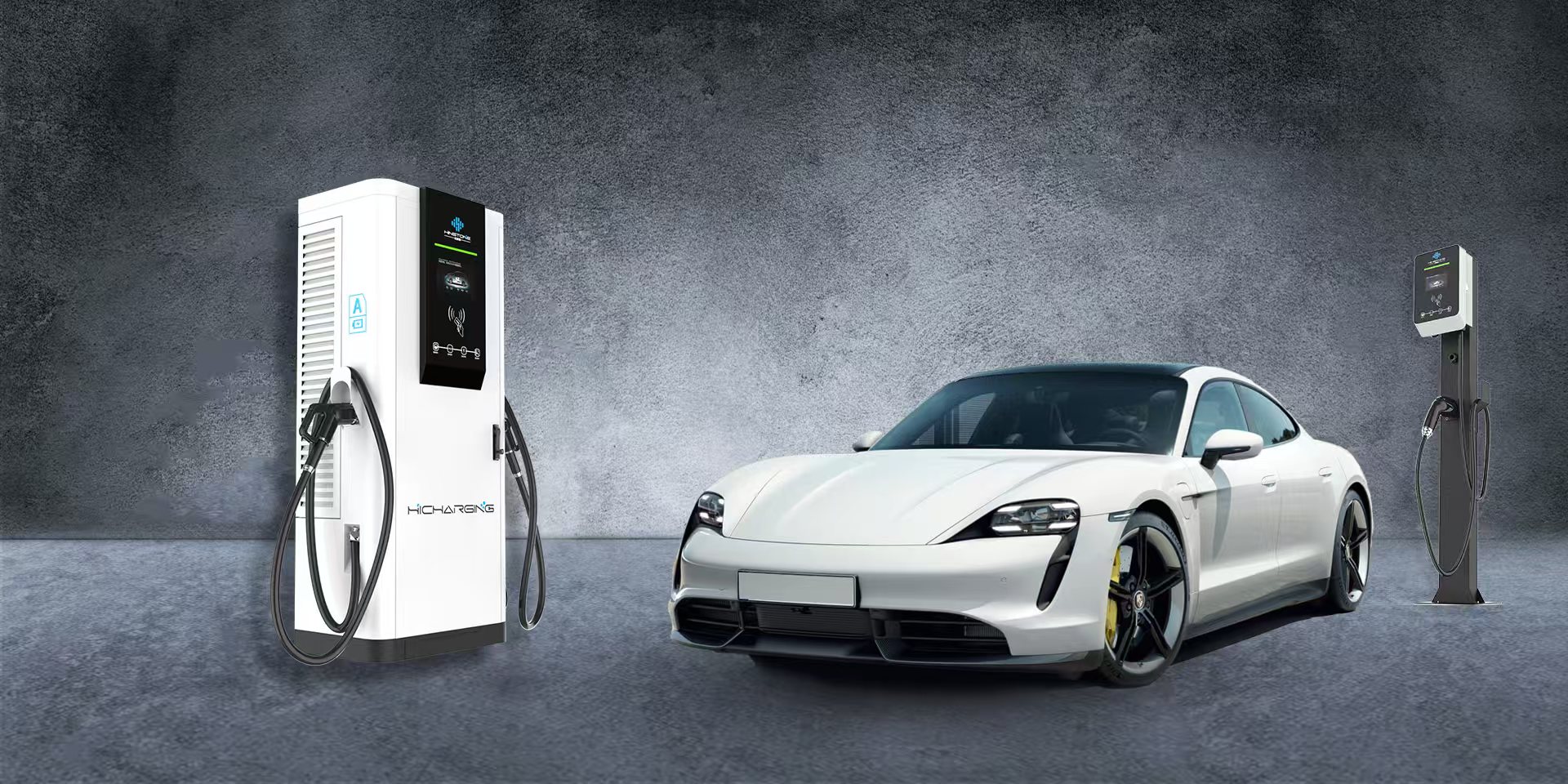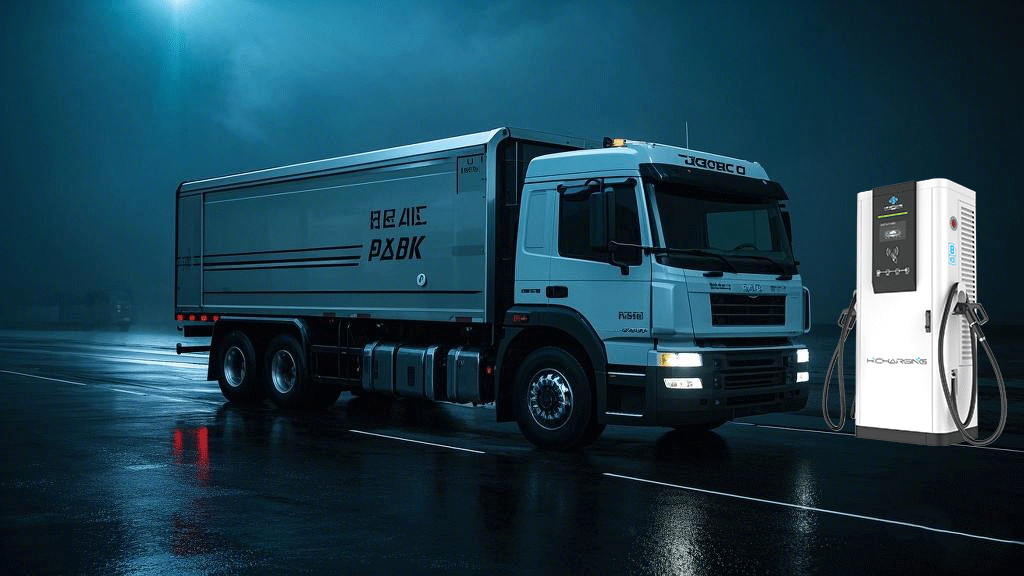Certainly! Below is the translated version of your comprehensive text on EV charging station power distribution matrices, structured with clear headings and key points for readability. The translation maintains technical accuracy while adapting to English conventions. --- Power Distribution Matrix in EV Charging Stations: Implementation, Methods, and Cost Analysis -Date: July 24, 2025 (Thursday, Lunar Calendar: 30th day of the 6th month, Year of the Wood Snake), Current Time: 17:22* 1. Core Concepts: Power Distribution Matrix & PDU (1) Power Distribution Matrix - Role: Acts as an intelligent "commander" allocating power modules to charging guns based on demand (e.g., fast/slow charging). - Example: In a busy station, the matrix prioritizes urgent vehicles by assigning more modules, optimizing resource use. (2) Power Distribution Unit (PDU) - Definition: A standardized, modular unit that encapsulates power allocation logic. - Advantages: - Simplifies design/production (e.g., scalable for small parking lots or large stations). - Eases maintenance (faulty PDUs can be replaced like PC components). - Disadvantage: High post-warranty repair costs due to OEM dependency. --- 2. Common Matrix Implementation Methods (1) Semi-Matrix - Implementation: Uses DC contactors (non-polarized) to route power modules to any charging gun (e.g., 12-module groups for 12 guns). - Pros: - High flexibility (any module can serve any gun). - Easier maintenance (contactors are replaceable). - Cons: - High cost (many contactors required). - Larger physical footprint. (2) Full Matrix - Implementation: - Board-Mounted Relays: Limited to <150A/gun due to relay specs (common in PDU designs). - Modularity: Supports 4–20 module groups (e.g., 10 modules for 5 guns). - Pros: - Precise allocation for <40kW modules. - Compact size, lower cost than semi-matrix. - Cons: May not meet stringent design standards (relay limitations). (3) Cross-Ring (Simplified Matrix) - Implementation: Optimizes module-group connections to reduce components. - Pros: Cost-effective for most scenarios (e.g., community stations). - Cons: Under extreme demand, some guns may lack module access. --- 3. Multi-Cabinet Parallel Systems (1) Reasons for Parallel Systems - Scalability: Single cabinets face limits in module/space expansion (cost and logistics challenges). (2) Parallel Configurations 1. Independent Groups: Multiple cabinets operate separately (e.g., 480kW units in a container). 2. Dual-Cabinet Parallel: Boosts current for select guns (host-internal or terminal parallel). 3. 3+ Cabinets: Complex, costly; typically reserves cross-cabinet calls for ultra-fast charging. (3) Identifying Parallel Methods - Analyze the manufacturer’s topology: More gun-module connections = higher cost. --- 4. Special Allocation Methods & Cost-Saving Measures (1) Fast+Slow Gun Mix - Allocate more modules to fast-charging guns, fewer to slow ones. (2) MW-Level Charging: Fewer Guns - Reduces allocation hardware (e.g., 360kW/8-gun → 720kW/16-gun with 80kW granularity). - Design Tip: Match gun count to average power demand (e.g., 60kW/gun for public stations; 80–160kW for heavy trucks). --- 5. Price Variation Drivers (1) Component Choice - Relays/contactors (high-quality = higher cost). - Conductive materials (copper vs. aluminum busbars). (2) Module-Group Accessibility per Gun - Full-system module access/gun = highest cost. (3) Parallel Logic & Cross-Cabinet Calls - More inter-cabinet coordination = higher complexity/cost. --- Conclusion Power distribution matrices are pivotal for charging efficiency and cost. Key trade-offs: - Semi-matrix: Flexibility vs. cost. - Full-matrix: Precision vs. design compliance. - Cross-ring: Affordability vs. edge-case limits. - Parallel systems: Enable scalability but add complexity. Future advancements in smart allocation and materials will further optimize EV charging infrastructure. --- -Note: The translation condenses some sections for brevity while preserving technical nuance. Let me know if you'd like to expand on specific parts!*


- Home
- About Us
-
Products & Solutions
- News Center
- Quality & Service
- Contact Us

